Before we understand what types of pumps exist, it’s essential to have a basic understanding of what a pump is.
The pump uses mechanical energy to move fluids, liquids, gases, or slurries from one location to another. They are used in various applications, from industrial processes to everyday domestic needs. Pumps come in different shapes and sizes and can be powered by electric motors or internal combustion engines.
Types of Pump:
There is a wide variety of pumps available for different applications.
There are two basic types of pumps
A. Dynamic Pumps
B. Positive Displacement Pumps
A. Dynamic Pumps:
Dynamic pumps use the energy from an impeller to create suction, drawing in liquid or gas from one side of the pump, increasing its velocity, and then pushing it out through a discharge side at a higher pressure than where it initially entered.
These are primarily used for applications that require high flow rates and low pressure, such as cooling systems. The energy transfer in dynamic pumps is continuous.
Dynamic pumps are classified into six types:
1. Turbopumps
2. Peripheral Pumps
3. Submersible Pumps
4. Gas lift or bubble Pump
5. Special Pumps
6. Electromagnetic Pumps
1. Turbopumps:
Turbopumps are dynamic pump that uses an impeller to create suction and increase the velocity of the fluid. The impeller is powered by an electric motor or turbine, which converts electrical energy into mechanical energy and increases the pressure of the liquid. Turbopumps are typically used in applications that require high flow rates and low pressures, such as cooling systems.
Because of their simple structural elements, low volume-to-input-power ratio, and numerous industrial applications, these pumps are the most common types. The turbomachinery family includes all turbopumps.
The most common method for classifying turbopumps is based on the fluid path inside the rotor.
a. Centrifugal Pumps
A Centrifugal pump is a type of Turbopump that uses an impeller to create a vacuum effect that draws in and pushes out liquid or gas. Centrifugal pumps convert rotational kinetic energy to hydrodynamic energy to transfer fluids. An engine or motor typically generates rotational energy. The fluid enters the pump along the axis of rotation and is accelerated by the impeller.
Finally, it flows radially outward into the pump diffuser or volute chamber before exiting. Pumps of this type are used in various applications, including water, agriculture, sewage, petroleum, and petrochemical pumping.
The main reason for the wide range of these pumps is their high flow rate capability, mixing potential, abrasive solution compatibility, and relatively simple engineering.
● Vertical Centrifugal Pump:
This type of pump is used in applications where a significant flow rate and high pressure are necessary. Generally, the impeller is suspended vertically on a rotating axle and is submerged in the liquid. As the impeller rotates, it creates centrifugal force, which moves the fluid from one side of the pump to the other.
● Horizontal Centrifugal Pump:
Horizontal centrifugal pumps are used in applications where the liquid pumped is viscous or contains a lot of debris. The impeller is suspended horizontally and rotates in a way that creates suction. The suction draws the liquid or gas into the pump and then expels it under higher pressure. This type of pump is often used in industrial applications where the flow rate and head are significant.
● Axial Flow Pumps:
This type of pump works by using an impeller to create a suction action that pulls liquid or gas from one side and pushes it out the other at higher pressure. They are often used for low-flow, low-pressure applications such as water pumps.
The impeller has a series of blades; each angled slightly differently to create the suction action. The liquid or gas is drawn along the axis and then accelerated by the edges. This type of pump is usually used for applications requiring high flow rates, such as cooling and irrigation systems. The main advantage of an axial flow pump is that it can be used at relatively high flow rates and low heads.
● Mixed Flow Pumps:
Mixed flow pumps combine axial and radial impellers. They use two or more impellers to create a suction action that draws liquid or gas through the pump, increases its velocity, and then pushes it out at higher pressure.
When liquid flows through the impeller, the blades send it out at an angle greater than 90 degrees away from the pump shaft.
A mixed-flow pump is typically used for applications requiring a medium or high flow rate and a medium head. It is commonly used in irrigation, agricultural, and sewage applications, as well as cooling water in thermal and nuclear power plants, seawater handling, industrial utilization, and water supply.
2. Submersible Pumps:
Submersible pumps are sealed, electric pumps that are entirely submerged in the liquid being pumped. They are used for various applications, including sewage, drainage, and water supply.
Submersible pumps are typically made by cast iron or stainless steel and can handle high pressures. The impeller is usually driven by an electric motor and is submerged in the liquid.
3. Peripheral Pumps:
Peripheral pumps, also known as vortex pumps, are dynamic pumps that use an impeller to create suction, pulling liquid or gas from one side and pushing it out the other at higher pressure.
The impeller is usually shaped like a wheel with blades facing the centre of the wheel, and it is connected to a rotor shaft driven by an electric motor or turbine. The impeller creates a suction action that draws liquid from the sides and accelerates it around the wheel before pushing it out.
These pumps are primarily used for low-flow, low-pressure applications such as water pumps. They are more efficient than axial flow pumps, and they require less power to operate. For this reason, peripheral pumps are often preferred for applications where energy consumption is a concern.
4. Special Pumps:
Special pumps can be used in various specialized applications.
These include:
a) Eductor-jet Pump
b) Hydraulic Ram Pumps
c) Progressive Cavity Pumps
d) Helical Rotor Pump
These pumps are used for specific sewage or chemical injection applications and require special design considerations.
● Eductor-jet Pump:
This type of pump uses the kinetic energy of a high-velocity fluid jet to create suction at the inlet and higher pressure at the outlet—a process known as entrainment. The jet discharges into a mixing chamber, entraining surrounding fluid to create suction.
This suction action is used to draw liquid from the inlet and push it out under increased pressure. These pumps are often used for chemical injection applications, such as the metering of viscous fluids, as well as for pumping slurries and suspensions.
● Hydraulic Ram Pumps:
Hydraulic ram pumps are dynamic pumps that use the kinetic energy of a falling liquid column to create suction at the inlet and higher pressure at the outlet. They rely on a fluid hammer effect, which occurs when a liquid column is forced to stop and change direction suddenly due to a pressure difference.
The sudden change in pressure creates a suction effect at the inlet, drawing liquid into the pump, and higher pressure at the outlet pushes the juice out of the pump. These pumps are used for irrigation, drinking water supply, and sewage pumping.
● Progressive Cavity Pumps:
Progressive cavity pumps are dynamic pumps that use a rotating helical screw-like rotor to create suction and discharge pressure. The rotor is usually made of stainless steel or bronze and is driven by an electric motor or turbine.
As the rotor turns, it creates chambers along its length that progressively fill with fluid from the inlet and are pushed out at higher pressure from the outlet. These pumps are used for food processing, pharmaceuticals, wastewater treatment, and petroleum production.
● Helical Rotor Pump:
A helical rotor pump is similar to a progressive cavity pump but with an additional helical profile. It consists of a rotor with spiral grooves and a stator with equally spaced lobes that fit into the grooves.
As the rotor turns, it creates suction at the inlet and increased pressure at the outlet as fluid is pushed through progressively smaller passages. These pumps are often used for viscous liquids, slurries, and suspensions.
5. Gas Lift or Bubble Pumps:
Gas lift pumps use compressed air to generate suction at the inlet and higher pressure at the outlet. They rely on a venturi effect, which occurs when a stream of water passes through a constriction or nozzle.
The increased velocity decreases pressure, causing the surrounding liquid to be drawn in from the sides. This suction action draws fluid into the pump and pushes it out under increased pressure. These pumps are often used in vertical wells, as they lift liquids higher than other dynamic pumps.
6. Electromagnetic Pumps:
Electromagnetic pumps are dynamic pumps that use an electric field to create suction at the inlet and increase pressure at the outlet. These pumps rely on Faraday’s law of induction, which states that a changing magnetic field will induce an electric current.
When the coils of an electromagnetic pump are energized, they produce a rotating magnetic field which causes a flow of current and creates suction at the inlet. This suction action is used to draw liquid into the pump and push it out under increased pressure. These pumps are often used for fuel delivery, chemical injection, and wastewater treatment.
These are just a few dynamic pumps available today, each designed for specific applications.
B. Positive Displacement Pumps:
A positive displacement pump generates a fluid motion toward the discharge pipe by trapping and forcing a specific amount of fluid.
Some positive displacement pumps have an expanding suction cavity and a decreasing discharge cavity. When the suction side cavity expands, fluid flows into the pump, and when the cavity collapses, fluid flows out. During each operation cycle, the volume remains constant.
Positive displacement pumps, unlike centrifugal pumps, can provide the same flow at a given speed (rpm) regardless of discharge pressure. A positive displacement pump is thus a constant flow machine. However, a slight increase in internal leakage with pressure prevents a truly regular flow rate.
Because positive displacement pumps do not have a shutoff head like centrifugal pumps, they must not work against a closed valve on the pump discharge side. If a positive-displacement pump continues to produce flow while operating against a closed discharge valve, the pressure in the discharge line rises until the line bursts. As a result, the pump would be severely damaged. As a result, a relief or safety valve is required on the discharge side. It might be inside or outside.
Positive displacement pumps are classified into rotary and reciprocating pumps based on the fluid transfer mechanism.
1. Rotatory Pumps:
Rotatory pumps use a rotor to trap and force the fluid. They are very efficient because they can work with highly viscous fluids at high flow rates as the viscosity of the fluid increases.
However, due to the nature of the pump, very narrow clearances between the rotating part and the outer edge are required, resulting in a slow and steady rotation.
When the rotary pump operates at high speeds, the fluid causes erosion, resulting in larger clearances through which the liquid can pass, resulting in lower efficiency.
There are several types of rotary pumps, including gear, screw, and lobe pumps.
● Gear Pumps:
Gear pumps consist of two meshing gears that move within a closed cavity. As the gears rotate, they suck fluid into the inlet side and then compress it between the teeth of both gears, forcing it out through the outlet side. The pump can have either externally or internally meshed. External gear pumps are more efficient than internal ones because they have larger clearances between their components and fewer chances for leakage.
● Screw Pumps:
Screw pumps use two intermeshing screws to move fluid through the pump. The screws rotate and press the liquid, creating a vacuum at the inlet side that draws it in and pushes it out through the outlet side at a higher pressure. Screw pumps are more efficient than gear pumps because they require less maintenance and have larger clearances between their components.
● Lobe Pumps:
Lobe pumps use two intermeshing lobes that press against each other to move the fluid through the pump. As the lobes rotate, they form pockets that draw in and force out fluid along their curved surfaces. Lobe pumps are typically larger than gear pumps and require more power, but they can move large amounts of fluids at high pressures.
2. Reciprocating Pumps:
Reciprocating pumps use a piston to transfer fluid. As the piston moves back and forth, it creates an area of low pressure on one side that draws in fluid from the suction pipe and pushes it out through the discharge pipe at a higher pressure.
There are two types of reciprocating pumps: single and double acting. In a single-acting pump, the piston moves back and forth in one direction only; it sucks fluid on the stroke and then pushes it out on the return stroke. Single-acting pumps are typically used for low pressures.
The piston moves back and forth in both directions in a double-acting pump. This allows for higher flow rates and higher pressures.
Double-acting pumps are more efficient than single-acting pumps because the piston constantly pushes on the fluid rather than just sucking it in.
Final Words:
Each pump has advantages and disadvantages, and the type best suited for a particular application depends on the user’s needs. Positive displacement pumps can move large amounts of fluid at high pressures, but they must be handled carefully to avoid damage.
Dynamic pumps are essential to many industries, from food processing to fuel delivery. They offer the ability to draw liquid from the inlet and push it out under increased pressure, allowing for efficient and reliable operation.
Understanding the different types of pumps and their characteristics can help you make the most appropriate choice for your application. With careful selection, you can ensure that you choose the pump that will provide optimal performance.
Thank you for taking the time to read this article. We hope it was helpful!
If you have any further questions regarding the types of pumps and their characteristics, please don’t hesitate to reach out. We are always happy to help! Happy pumping!

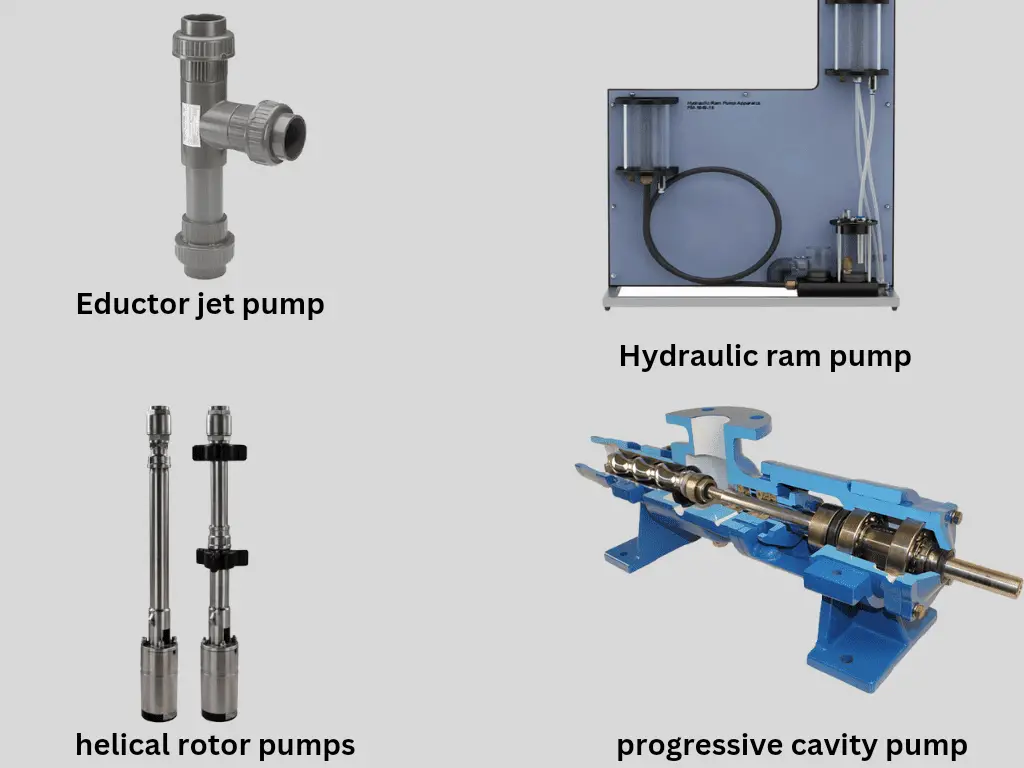
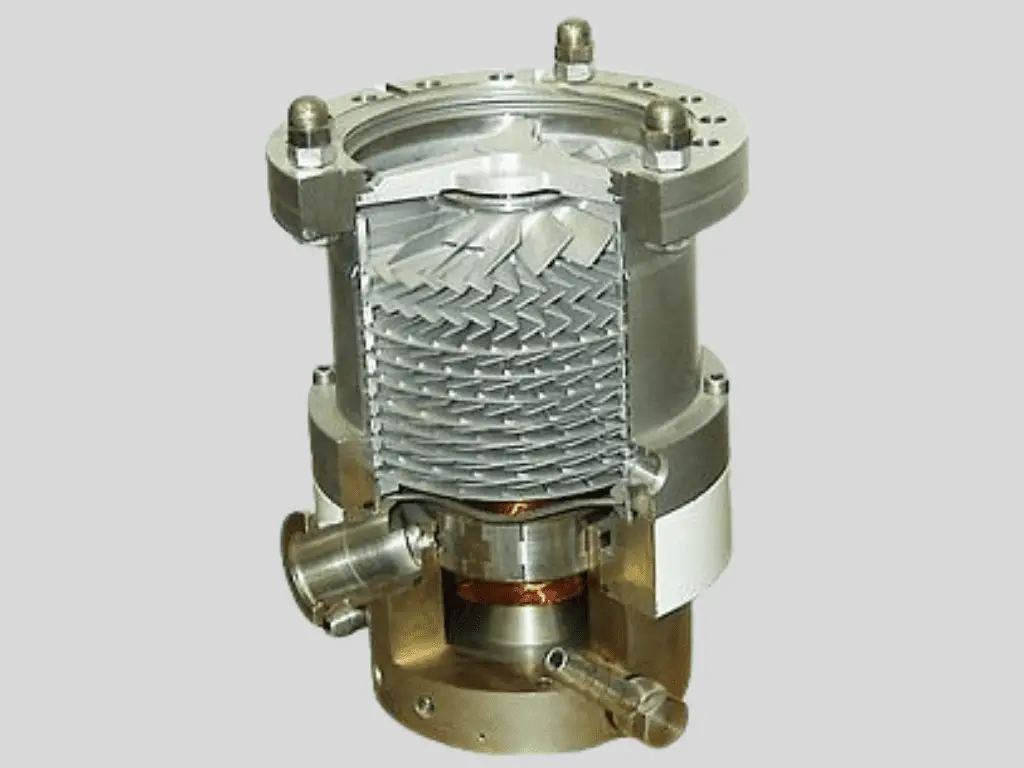
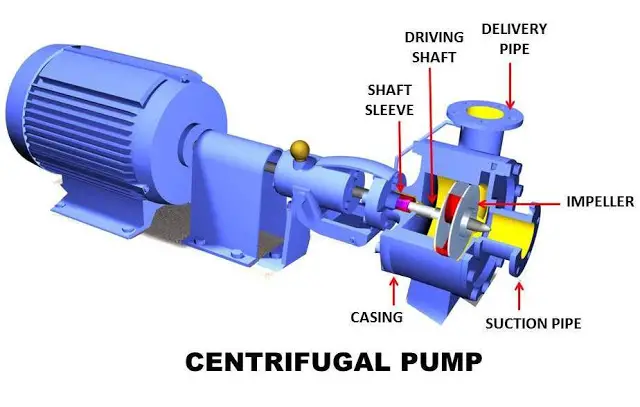
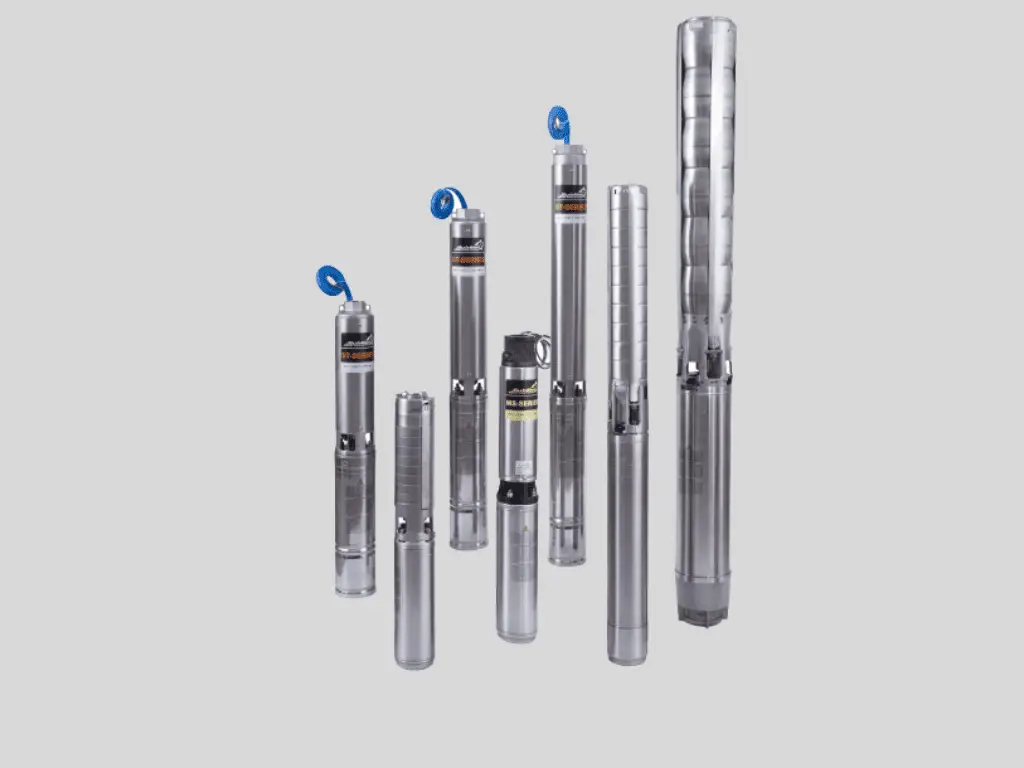
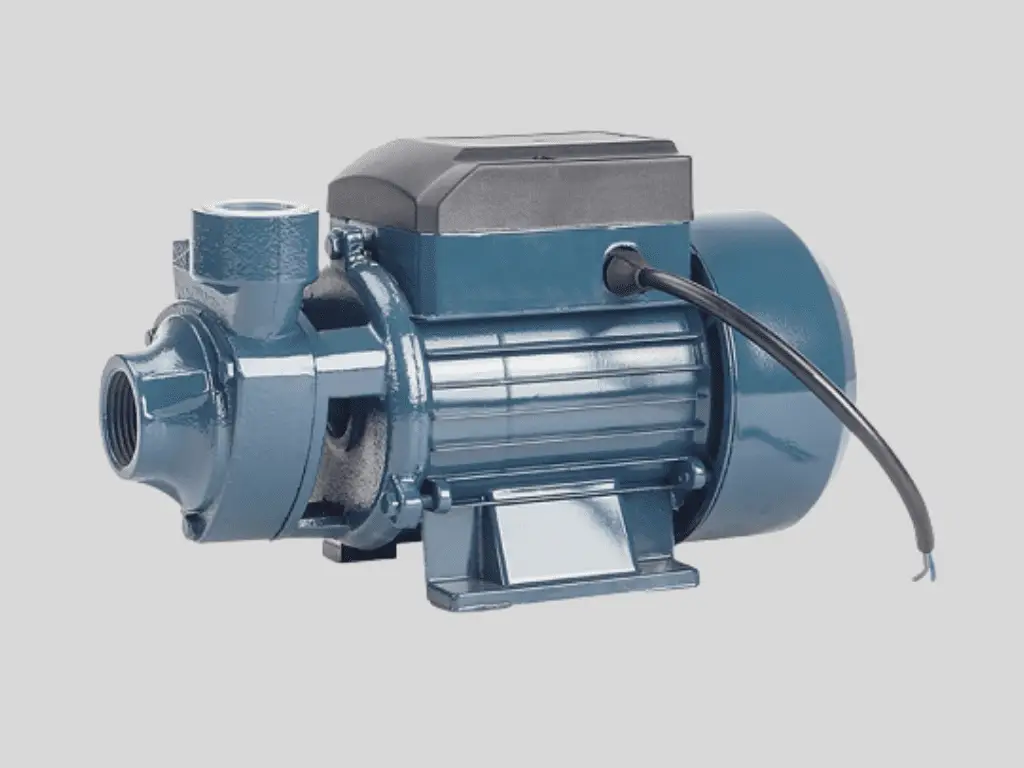
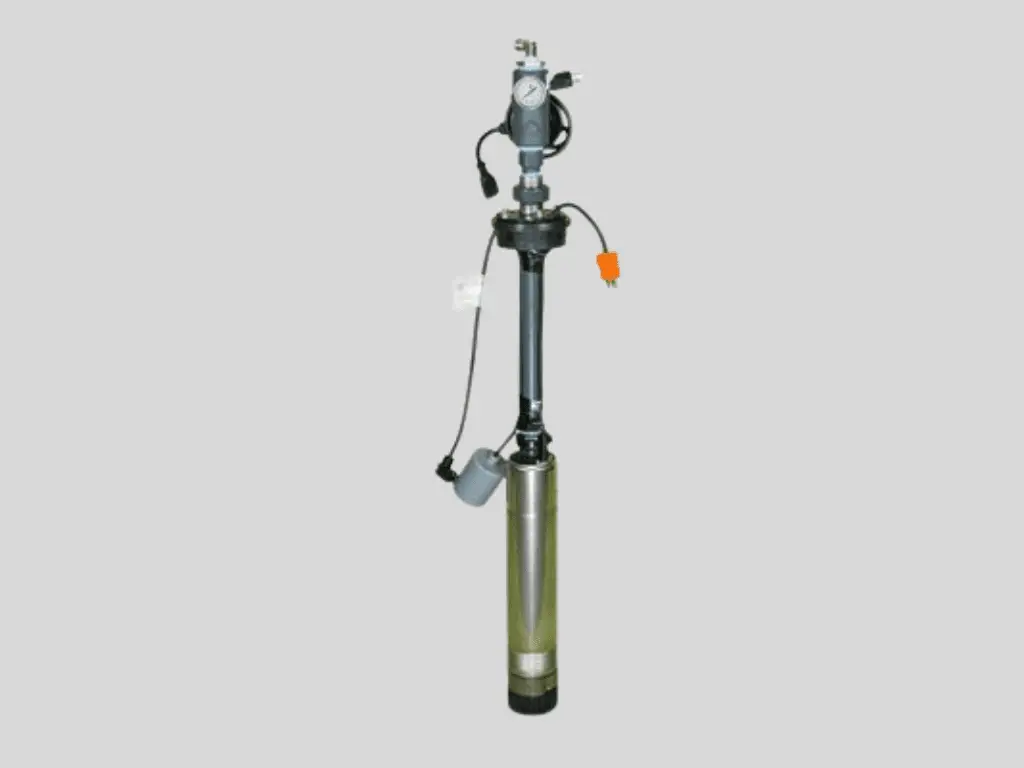
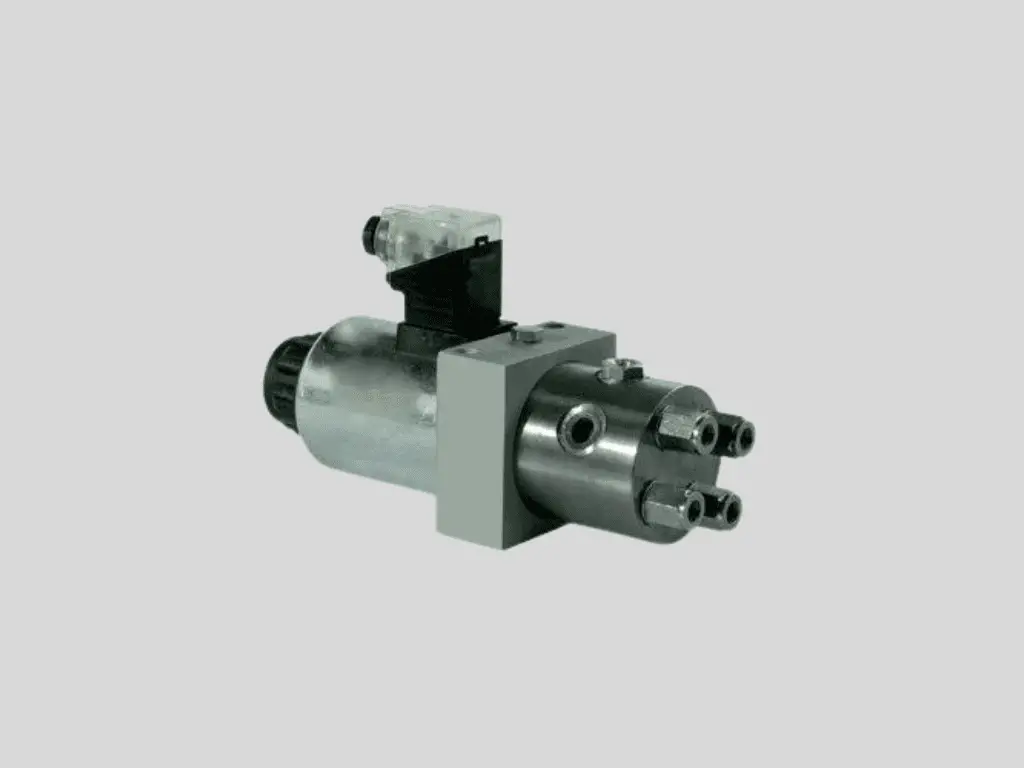
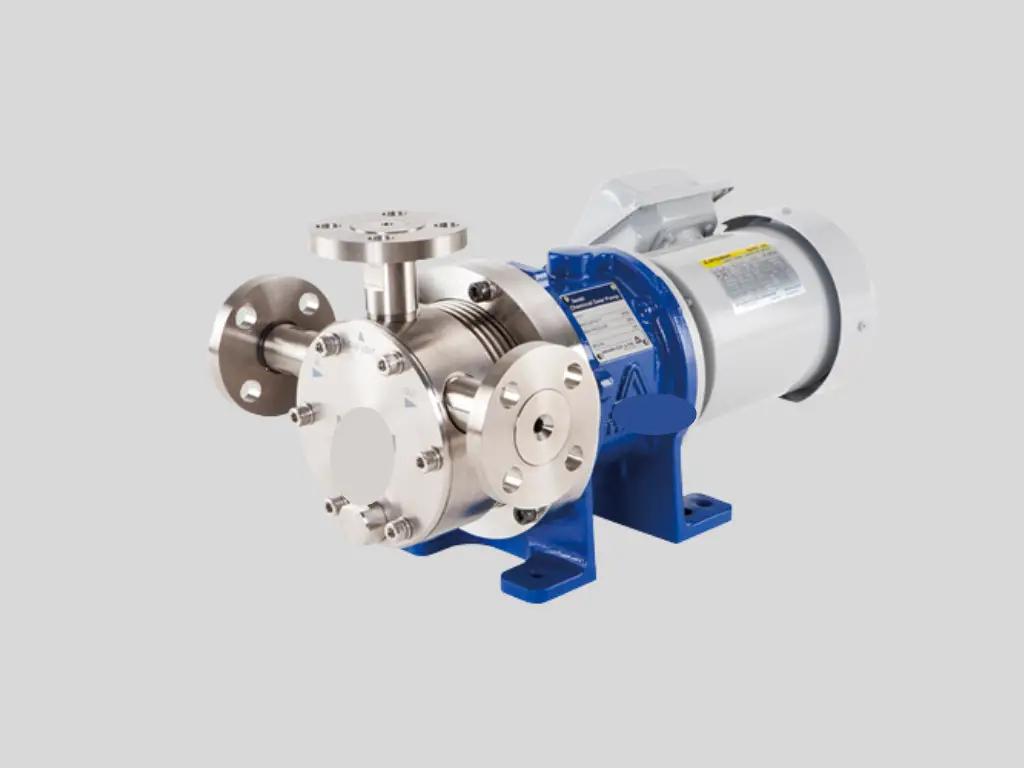
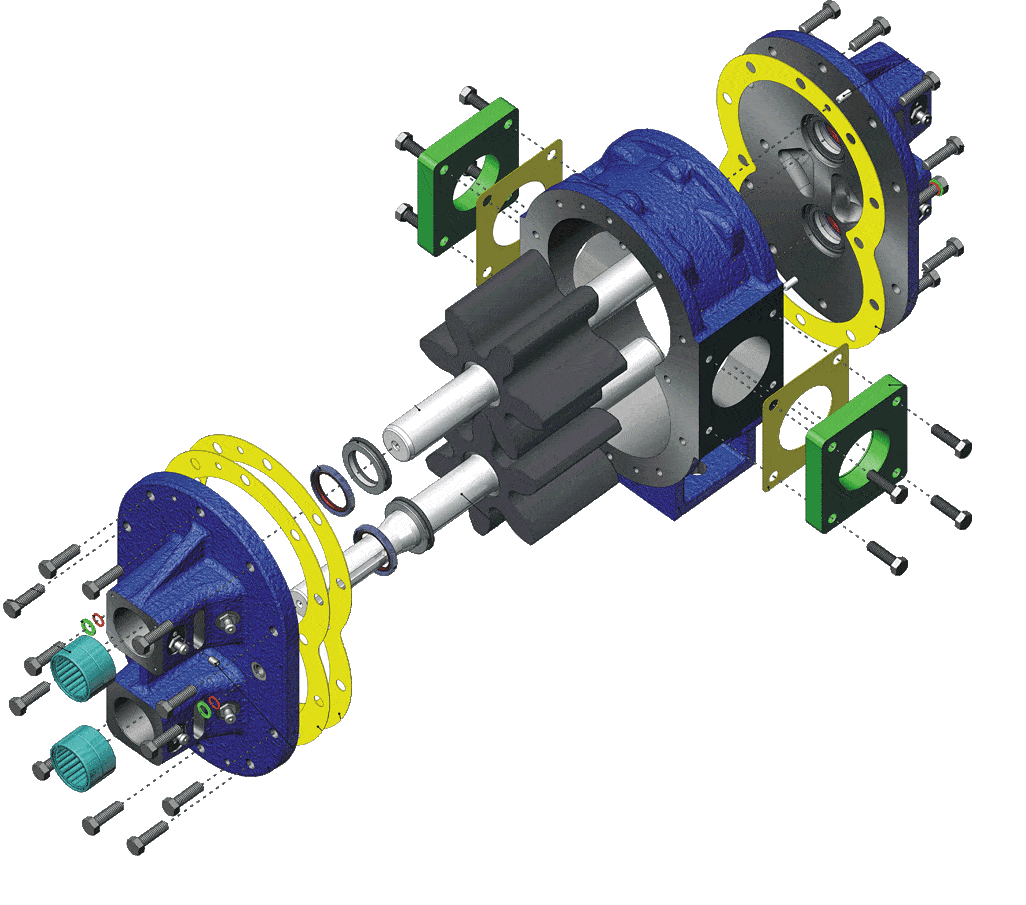
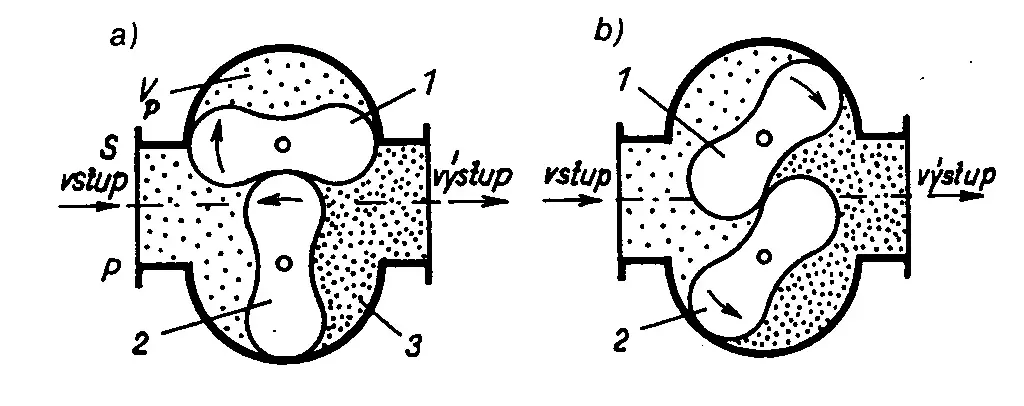
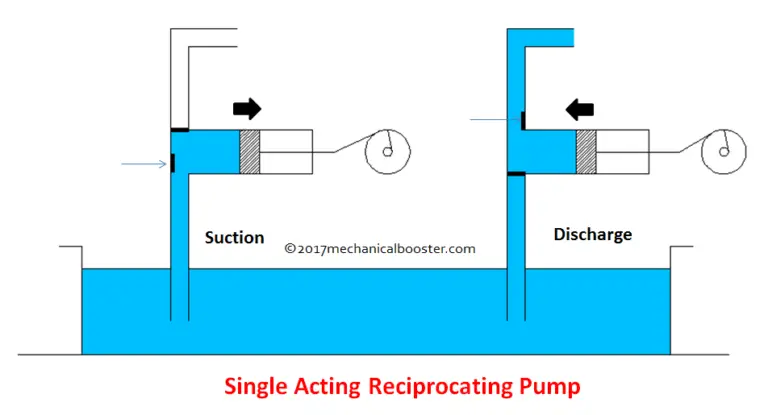


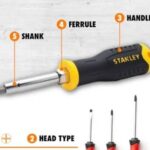

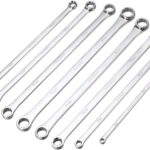
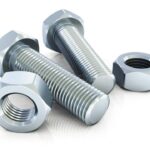


Very nice article on Water Pumps